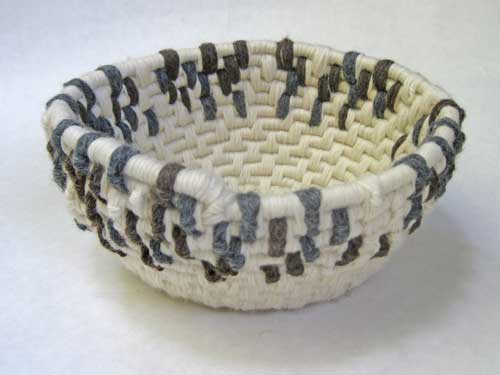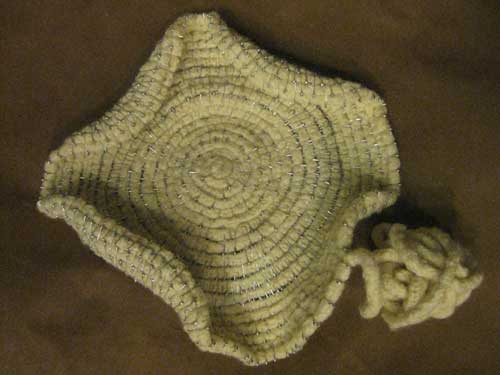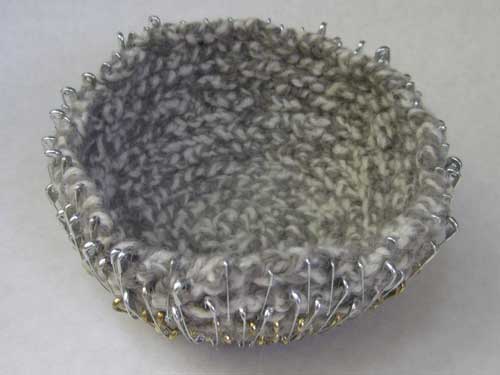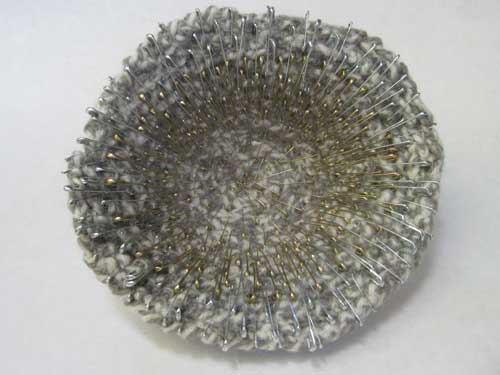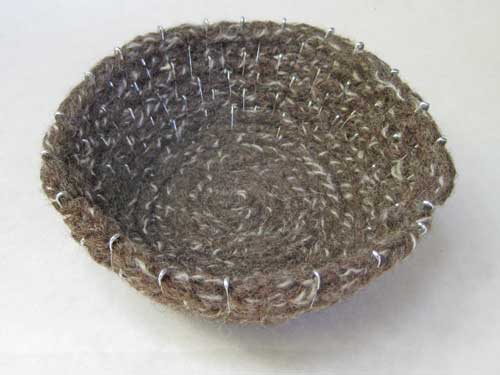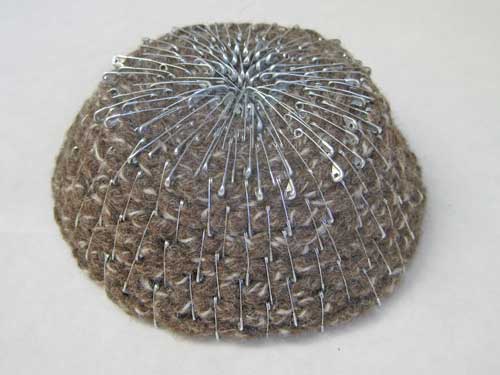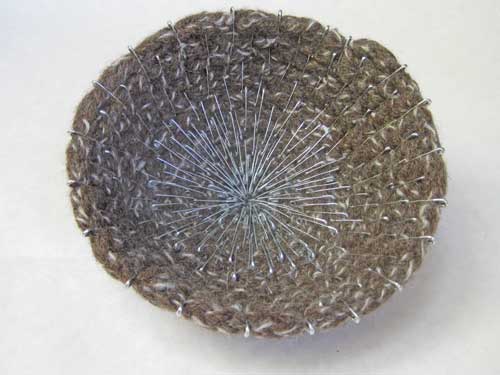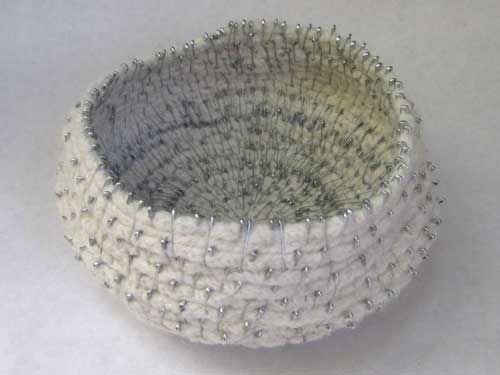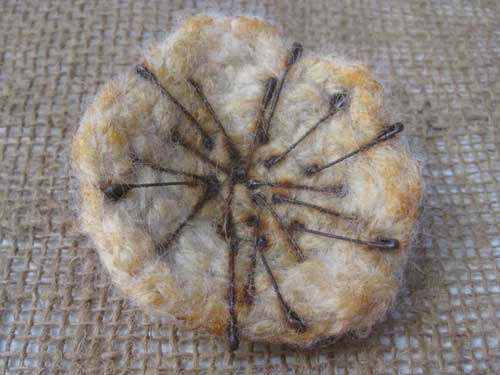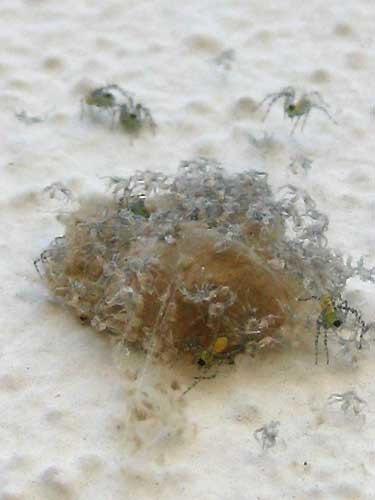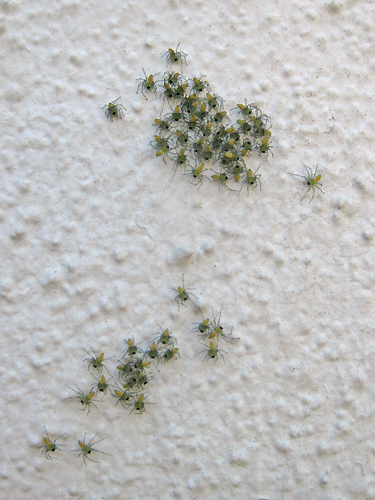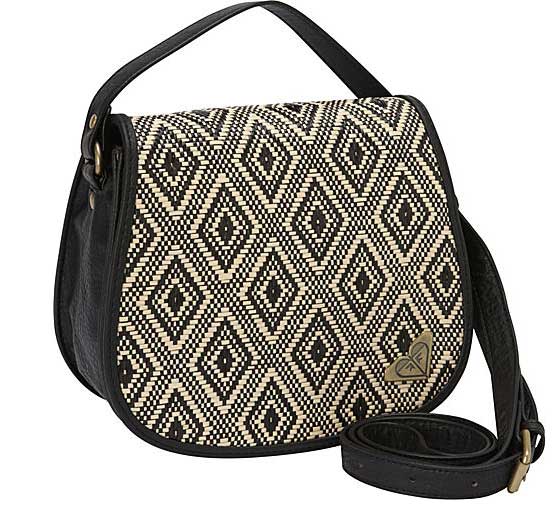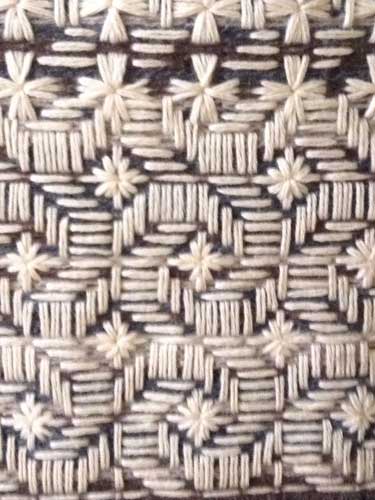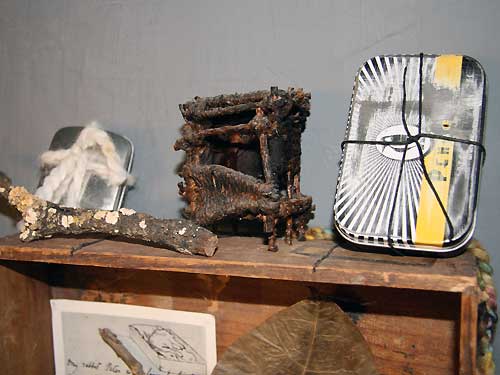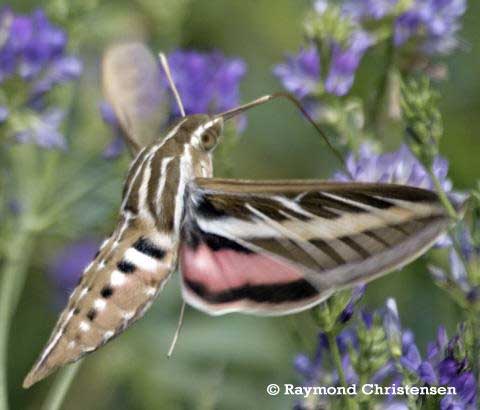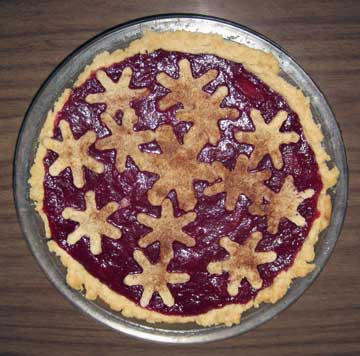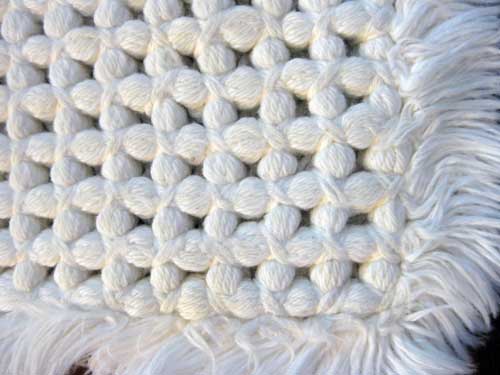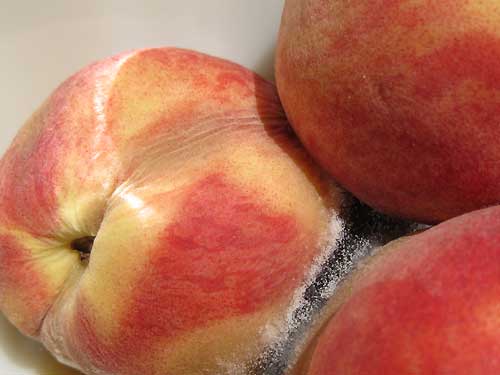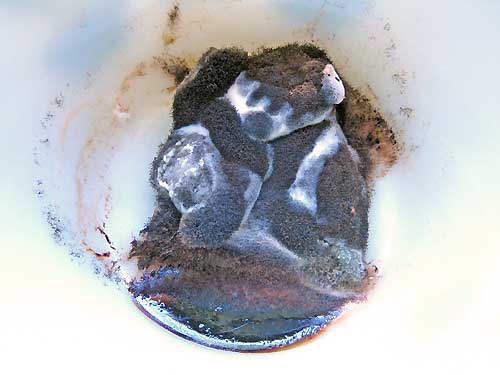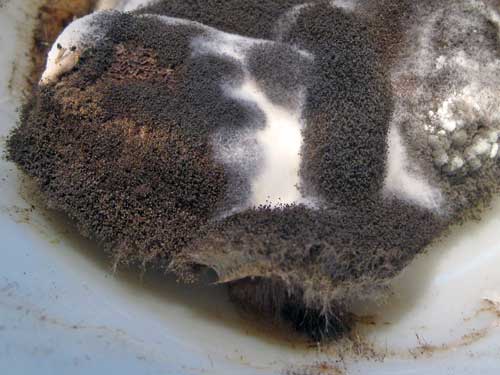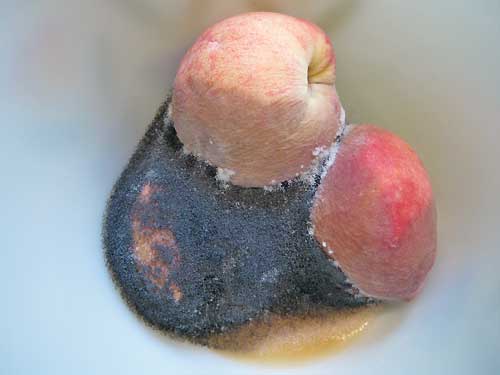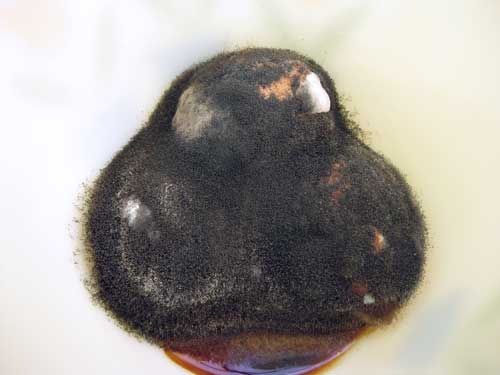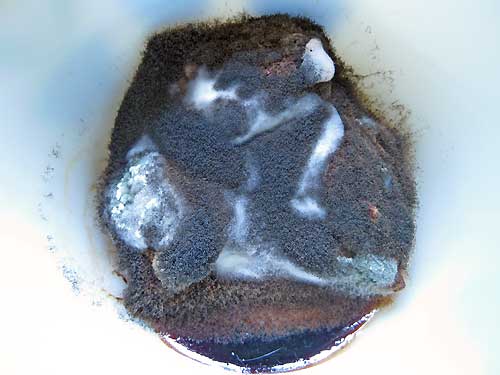I started the Don’t piece after watching Blink one of my favorite episodes of Doctor Who. The episode introduces the Weeping Angels, sculpture that isn’t really sculpture. When you blink or look away the Weeping Angels move. When they move they are dangerous.
In the episode Weeping Angels also known as the Lonely Assasins are explained:
“You die in the past, and in the present, they consume the energy of all of the days you might have had-and your stolen moments. They live off potential energy.”
What if you approached viewing art in the same way? Well, not with the fear that you might be sent back in time to die, but to really look. To see what is there, you must look. Not give the art work a passing glance, but really look at it. What about being a version of the Weeping Angels by snagging some of the energy put into the work by the artist…
I started a piece that has coded into it, “Don’t turn your back, Don’t look away, Don’t blink” some of the warnings in the episode.
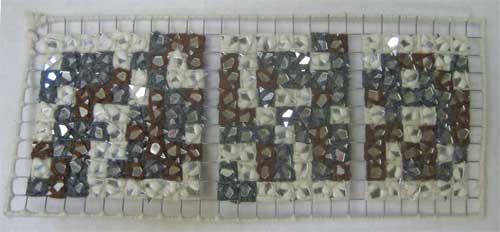
I used color for the dots and dashes of Morse Code–rust yarn for dots, gray for dashes, and cream for spacers.
I cut the squares of mirror in half because after wrapping the hardware cloth with cream wool they were too large. And I like the idea of sharp edges.
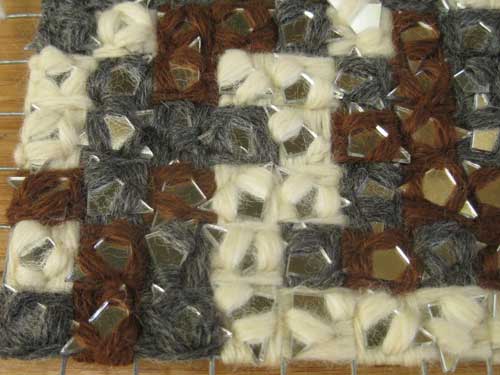
The frame will be bound to the coded piece. Actually the frame has code as well. The frame has the repeated word, see.
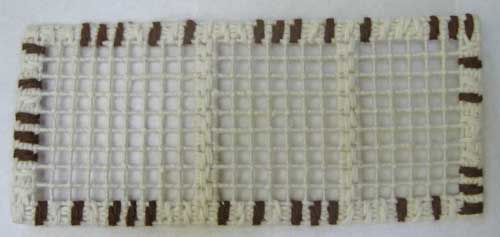
The plan is to age and wax the coded piece and the frame. Then bind the two pieces together and the binding.



